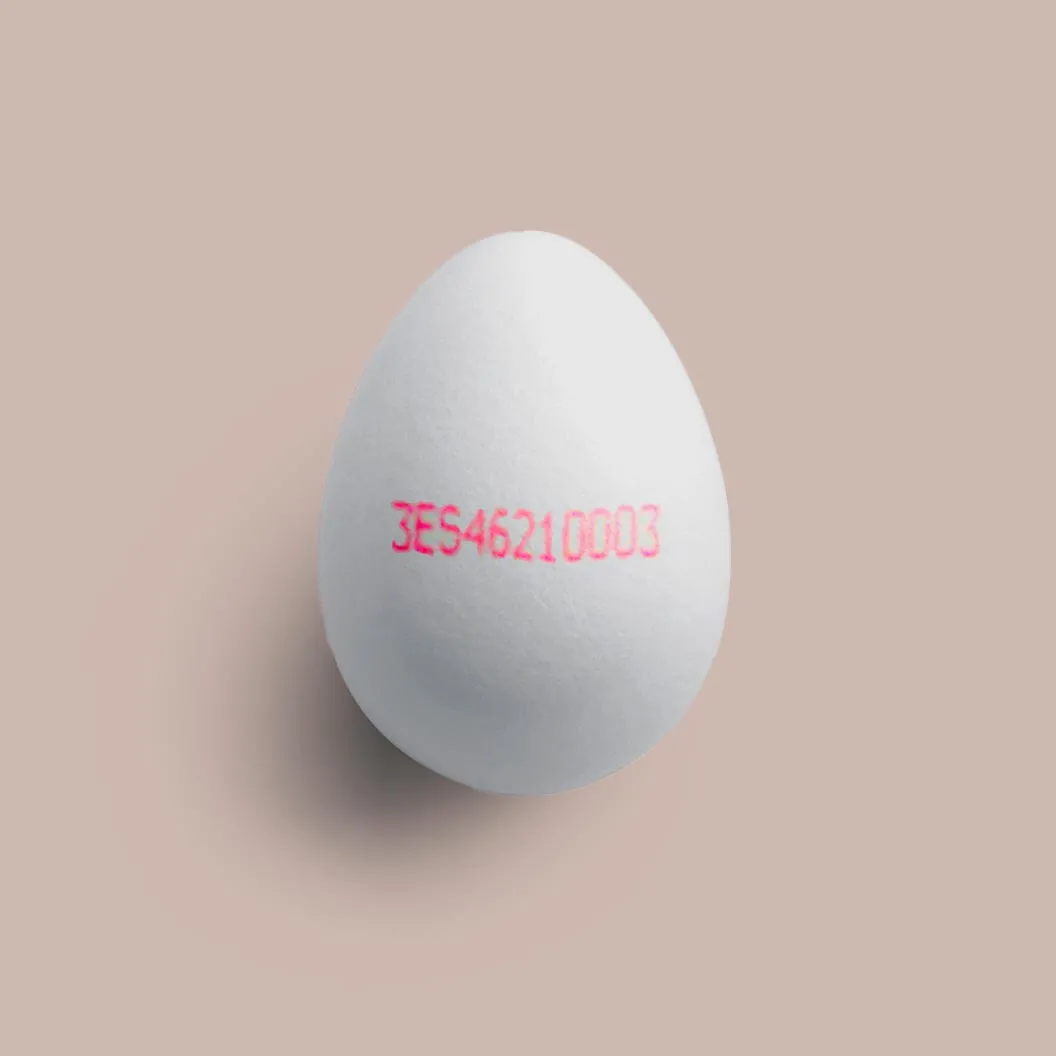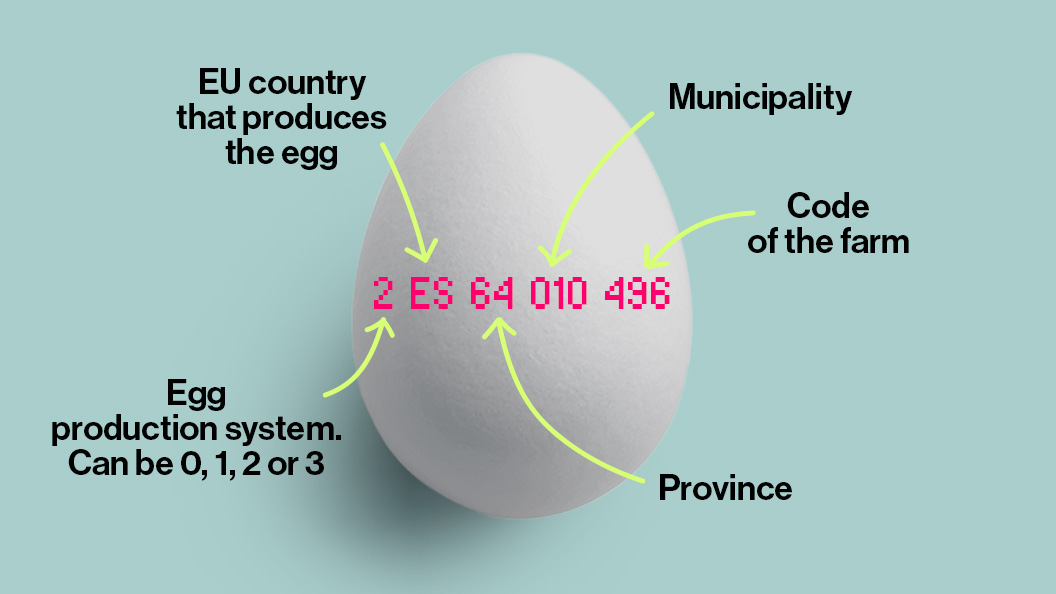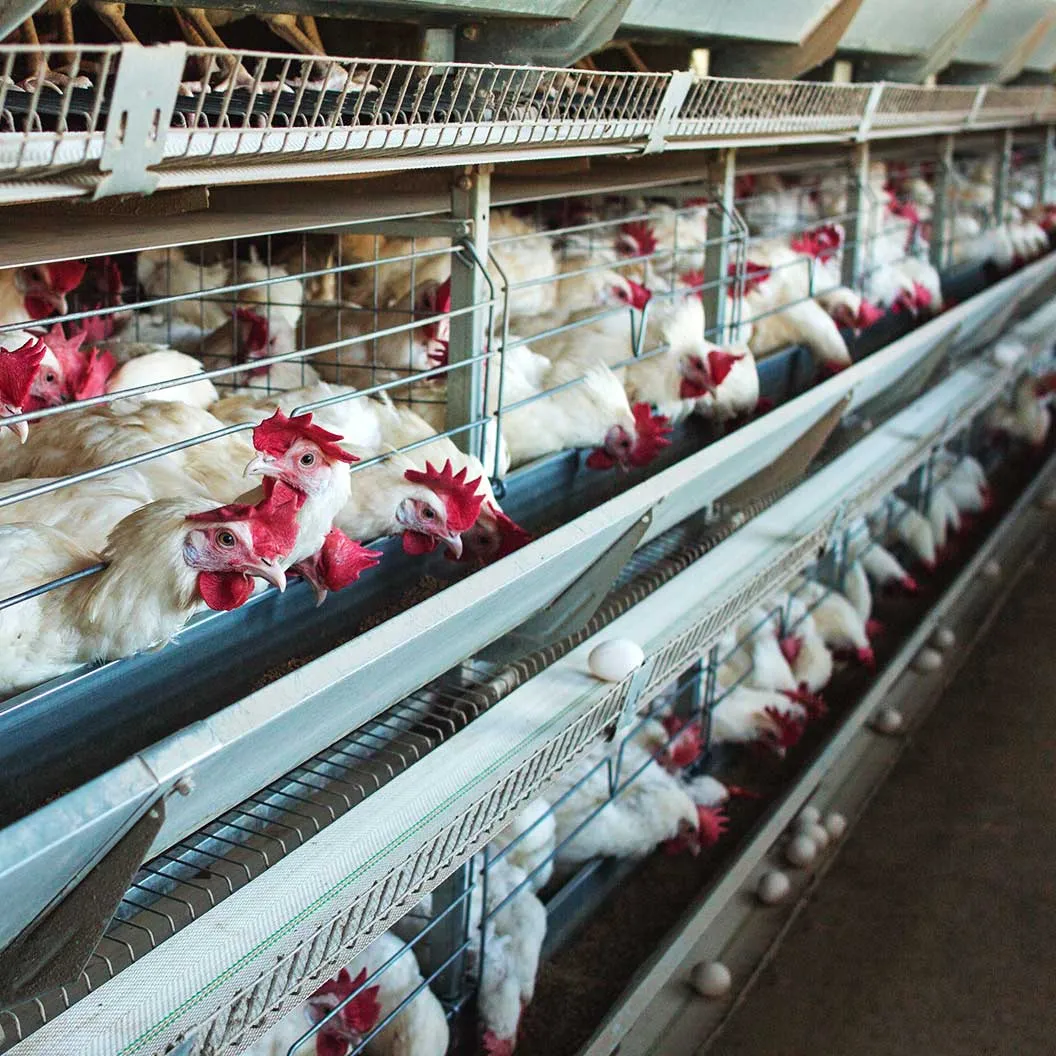Complete guide to egg codes: what they reveal about hens
We present to you a complete guide to uncovering the meaning behind the code printed on the eggs you buy at the supermarket.
Cristina Marcos
Press collaborator at OBA
02/04/2025

Can you imagine if your life story could be summarized in a number? Well, that’s exactly what happens with laying hens. In a way, each egg tells a story.
Just by looking at the code printed on the eggshell, you can immediately learn about the hen’s life, the treatment she received, and her rearing conditions. Understanding these codes is essential for making informed choices about the products you buy and their impact on animal welfare.
What does the egg code mean?
More and more of us are concerned about animal welfare and seek products that align with our values. Egg labeling is an easy way to do this—but understanding what each code represents is crucial.
Fresh egg labeling provides key information about the eggs' origin. Every egg must carry a mandatory printed code indicating the farming method, the country of origin, and a unique identification number assigned by the EU member state. The code includes:
- Farming method code (0, 1, 2, or 3, depending on the production system).
- Member state code (e.g., ES for Spain, indicating the farm’s country of origin).
- Farm identification number (a unique identifier for the farm).

Essentially, this combination of letters and numbers classifies the type of farming and care the hens have received. Each egg has an alphanumeric code that starts with the digits 0, 1, 2, or 3. This first number reveals key information about the hen’s life.
How to identify egg numbers?
Code 0 – Organic eggs
Organic eggs come from hens that have access to the outdoors and are fed organic feed. According to regulations, these hens must have access to the outdoors for at least one-third of their lives. The maximum allowed density is six hens per square meter indoors and one hen per four square meters outdoors. This system ensures that the hens live in decent conditions.
Code 1 – Free-range eggs
Free-range hens, which produce eggs labeled with code 1, also have access to the outdoors, but their conditions are not as strict as those for organic hens. Inside the barn, up to nine hens per square meter are allowed. Although they have access to outdoor spaces, this does not always guarantee enough room for their well-being.
Code 2 – Barn eggs (formerly called “floor-raised”)
Hens producing eggs with code 2 are not caged but live inside barns where they can move freely. However, regulations allow up to nine hens per square meter, which can result in restricted space. While these hens could have better conditions, their welfare depends on how effectively the regulations are enforced by producers.
Code 3 – Caged-hens eggs
Code 3 indicates that the hens are raised in enriched cages. Although these cages must meet minimum size requirements, the living conditions are still highly restricted, severely affecting their welfare. These hens live in spaces as small as a standard A4 sheet of paper.
Towards a cage-free world
Back in October 2020, the "End The Cage Age" initiative was presented to the European Commission after gathering nearly 1.4 million signatures across Europe to ban cages. Thanks to this, in June 2021, the European Commission committed to present a legislative proposal to phase out cage systems for all animals covered by the initiative. This proposal was meant to be based on the European Food Safety Authority’s (EFSA) opinions, public consultations, and impact assessments. However, we are still waiting for this to happen.
In the meantime, we continue working to improve hens’ living conditions. That’s why we are negotiating commitments with various supermarket chains in Spain to gradually eliminate caged eggs from store shelves.
Eggs in your supermarket: goodbye to code 3
Fresh eggs vs. eggs as an ingredient
We’ve seen how a quick glance at a few numbers on a shelf can help us choose eggs based on the hens’ living conditions. But what about eggs used as ingredients? Here, as consumers, we have less control.
Although some food companies have already made the switch—such as Grupo Reina, which now uses cage-free eggs in all its desserts—we need our trusted supermarkets to be transparent on this issue.
2025: A key year to end cages
As 2025 progresses, time is running out for supermarkets in Spain that committed to stopping the sale of caged eggs. And since promises are meant to be kept, we’re here once again demanding they follow through.
To make things easier for you, we’ve analyzed how well these commitments are being met—both for fresh eggs and eggs used as ingredients.
Only Carrefour, Lidl, Aldi, and Ahorramás have fully met (and reported) their 100% cage-free commitment for fresh eggs. El Corte Inglés is close, with just 1% left to reach its goal. However, others—such as Mercadona, DIA, Eroski, Consum, and Alcampo—are still far from fulfilling their promise.
The biggest disappointment? Only one supermarket has reported and met 100% of its commitment for both fresh and ingredient eggs: Lidl.
Now more than ever, it’s time to keep pushing for both the European authorities and supermarkets to honor their commitment to ending cages. You can be part of this movement right now by signing the petition: "Goodbye to Code 3."




